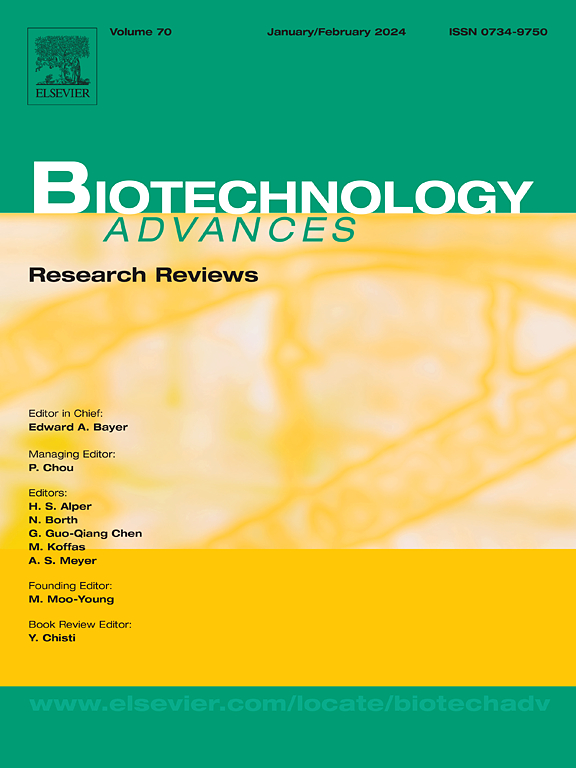Targeted analysis of metagenomes: divide and conquer
IF 12.5
1区 工程技术
Q1 BIOTECHNOLOGY & APPLIED MICROBIOLOGY
引用次数: 0
Abstract
The rapidly developing field of targeted analysis of metagenomes focuses on retrieving information about specific genes and/or genome(s) from environmental DNA. The traditional shotgun sequencing methods overemphasise dominant microorganisms and often fail to confidently assign the entirety of the analysed genetic material to specific species, genomovars, or strains. The ultimate goal of the targeted methods is to overcome this limitation of throughput and precision of current shotgun metagenomics when analysing complex microbial communities in the quest of refined information. Here, we discuss recent technological advances that are designed to focus the analytical power of diagnostic tools like sequencing, towards phylogenetically or functionally distinct and rare microbial groups and enhance e.g. the confidence in the assignment of genetic elements to their respective owning organisms. We specifically showcase the capabilities of these technological advances for targeted analysis of metagenomes, identify suitable related applications, discuss methodological limitations, and propose solutions for addressing these limitations. This review aspires to inspire highly relevant experimental designs in the future that will unlock unknown and important aspects of microbial ecology, and the yet-uncultivated microbial majority.

宏基因组的目标分析:分而治之。
快速发展的宏基因组靶向分析领域侧重于从环境DNA中检索特定基因和/或基因组的信息。传统的鸟枪测序方法过分强调优势微生物,往往不能自信地将分析的遗传物质全部分配给特定的物种、基因组变体或菌株。目标方法的最终目标是克服当前霰弹枪宏基因组学在分析复杂微生物群落以寻求精确信息时的吞吐量和精度的限制。在这里,我们讨论了最近的技术进步,这些技术进步旨在将诊断工具(如测序)的分析能力集中在系统发育或功能上独特和罕见的微生物群上,并增强例如对遗传元件分配到各自拥有的生物体的信心。我们特别展示了这些技术进步对宏基因组的针对性分析的能力,确定了合适的相关应用,讨论了方法的局限性,并提出了解决这些局限性的解决方案。这篇综述希望在未来激发高度相关的实验设计,以揭示微生物生态学的未知和重要方面,以及尚未培养的微生物群体。
本文章由计算机程序翻译,如有差异,请以英文原文为准。
求助全文
约1分钟内获得全文
求助全文
来源期刊

Biotechnology advances
工程技术-生物工程与应用微生物
CiteScore
25.50
自引率
2.50%
发文量
167
审稿时长
37 days
期刊介绍:
Biotechnology Advances is a comprehensive review journal that covers all aspects of the multidisciplinary field of biotechnology. The journal focuses on biotechnology principles and their applications in various industries, agriculture, medicine, environmental concerns, and regulatory issues. It publishes authoritative articles that highlight current developments and future trends in the field of biotechnology. The journal invites submissions of manuscripts that are relevant and appropriate. It targets a wide audience, including scientists, engineers, students, instructors, researchers, practitioners, managers, governments, and other stakeholders in the field. Additionally, special issues are published based on selected presentations from recent relevant conferences in collaboration with the organizations hosting those conferences.
 求助内容:
求助内容: 应助结果提醒方式:
应助结果提醒方式:


